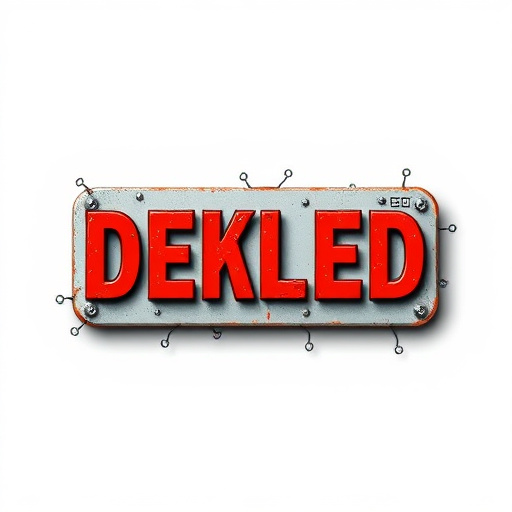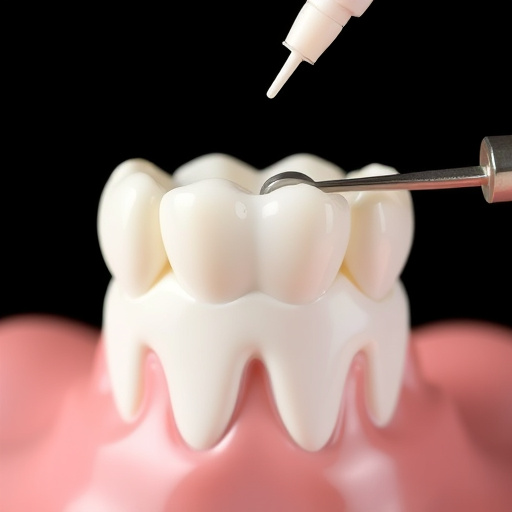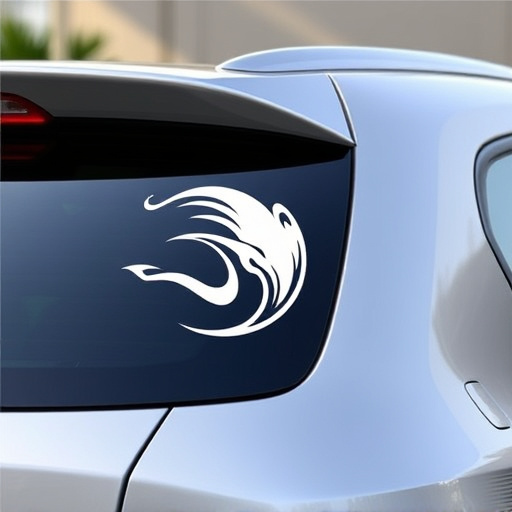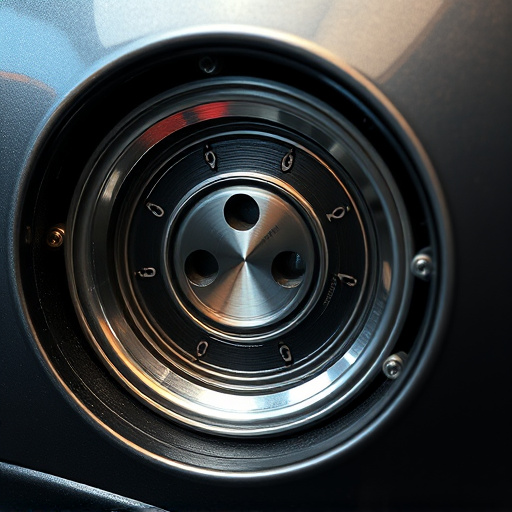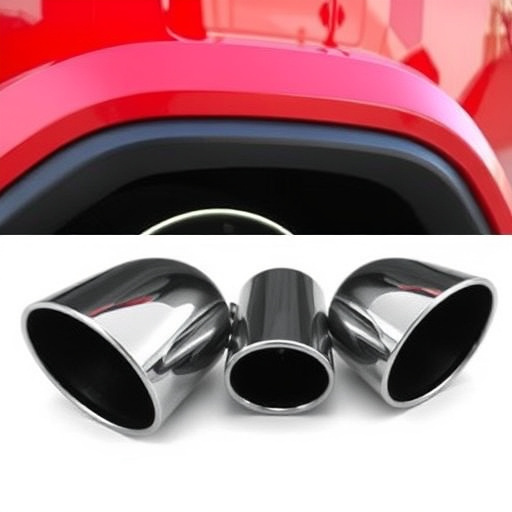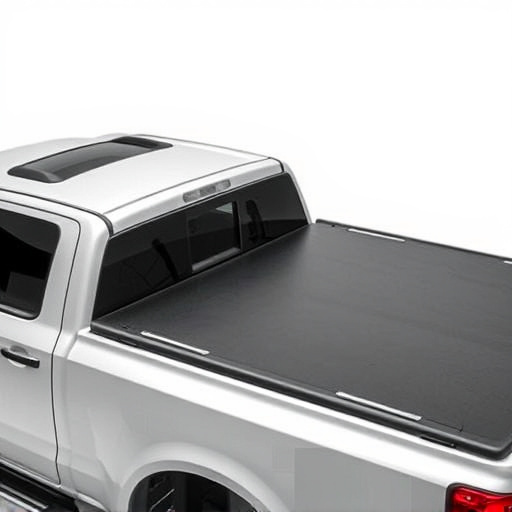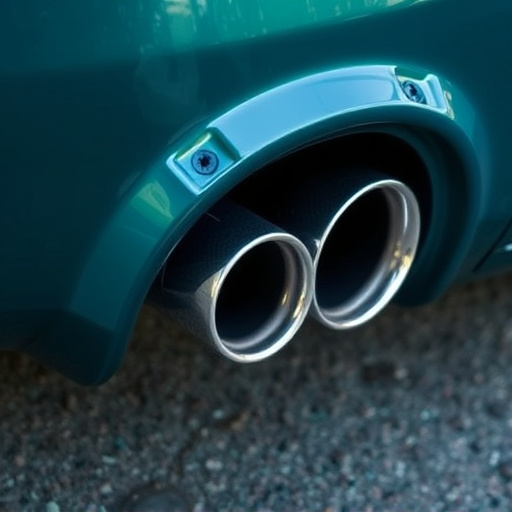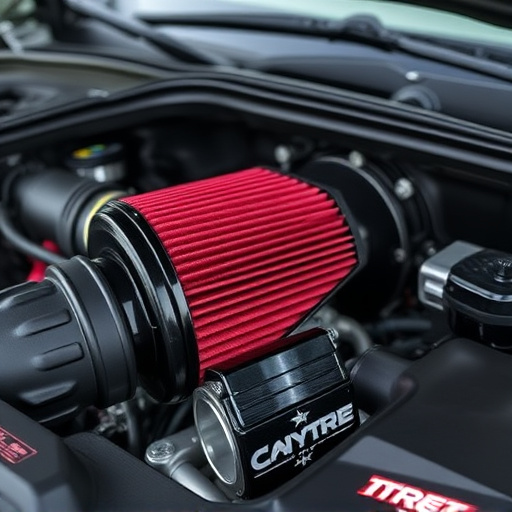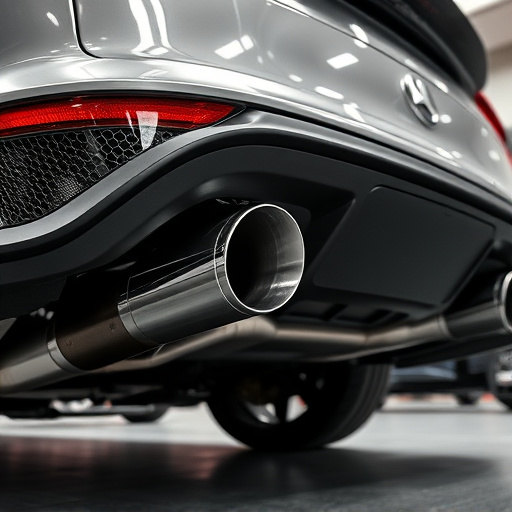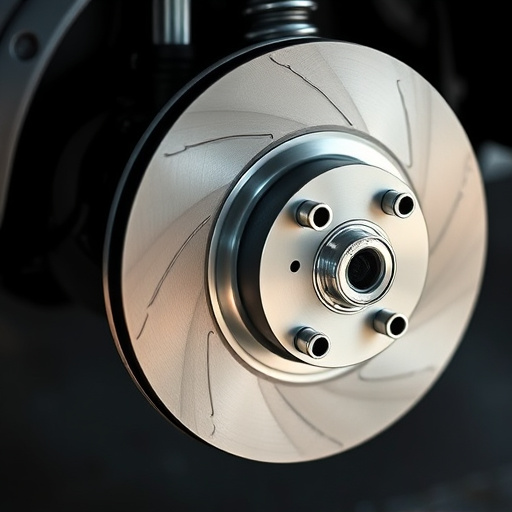Integrating a boost controller with your vehicle's ECU enhances power delivery control during turbocharging or supercharging, enabling real-time adjustments based on throttle position and engine speed. Pre-tuning checks include inspecting components like turbochargers, securing wiring connections, verifying air intake systems, and checking exhaust leaks. Optimizing involves updating the ECU for improved fuel injection and ignition timing, upgrading exhaust systems, and installing coilover kits to enhance performance and driving experience.
After installing a boost controller, optimizing your vehicle’s ECU (Engine Control Unit) is crucial for peak performance. This guide breaks down the essential steps to ensure your boost controller integration runs smoothly. We’ll walk you through understanding boost controller fundamentals, performing pre-tuning checks, and fine-tuning settings for optimal efficiency. Discover how to harness increased boost pressure for enhanced power without compromising reliability. Get ready to unleash your vehicle’s full potential with our comprehensive post-installation performance optimization tips.
- Understanding Boost Controller Integration
- Pre-Tuning Checks and Preparations
- Optimizing Performance Post-Installation
Understanding Boost Controller Integration
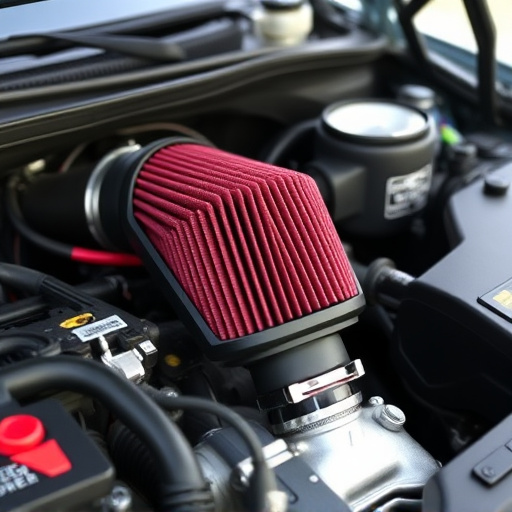
When installing a boost controller, it’s crucial to understand its seamless integration with your vehicle’s ECU (Engine Control Unit). This advanced technology allows for precise control over your car’s power delivery, particularly during turbocharging or supercharging. The boost controller acts as a bridge between the driver and the ECU, enabling them to adjust boost pressure based on real-time inputs like throttle position and engine speed.
This integration ensures optimal performance, especially with modifications like cold air intakes, high-flow air filter kits, and upgraded performance brakes. By fine-tuning the boost controller settings, you can unlock hidden power potential while maintaining control and safety margins. This process involves mapping the controller to the ECU’s communication protocols, calibrating sensors for accurate readings, and programming the desired boost curves tailored to your vehicle’s unique characteristics.
Pre-Tuning Checks and Preparations
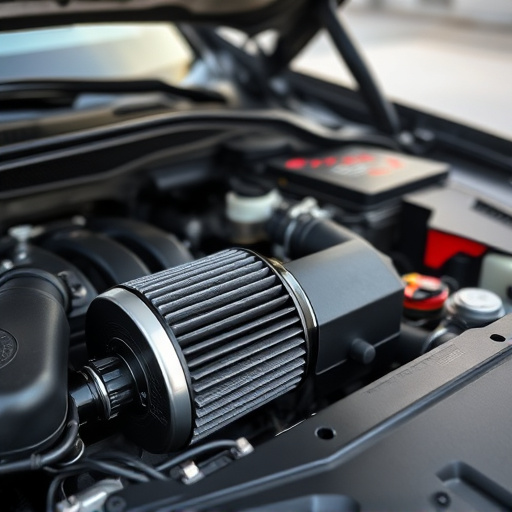
Before diving into tuning your ECU with a boost controller, there are several pre-tuning checks and preparations to ensure optimal results. Start by inspecting all components related to the boost system, such as the turbocharger or supercharger, for any signs of damage or wear. Ensure that all connections are secure and in good condition, as loose or faulty wiring can lead to inconsistent performance.
Additionally, verify that your vehicle’s air intake is clean and unobstructed. Replace any outdated or damaged air filters with high-quality performance air filter kits designed to optimize airflow. Similarly, check the exhaust system for any leaks or clogs caused by worn-out gaskets or disconnected pipes. Install new exhaust tips if necessary to maintain efficient gas flow and maximize engine output. These preliminary checks will lay the groundwork for successful ECU tuning, allowing you to harness the full potential of your boost controller.
Optimizing Performance Post-Installation
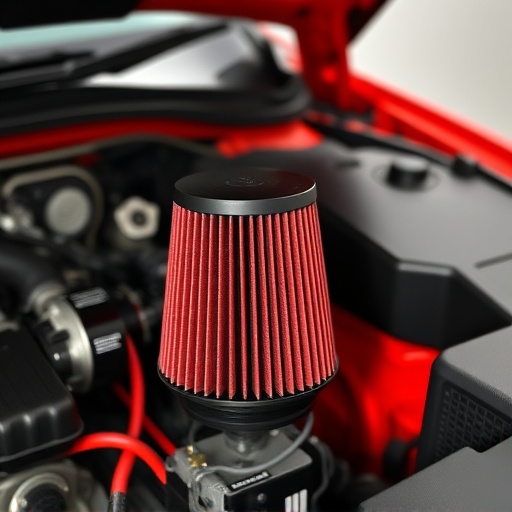
After installing a boost controller, optimizing your vehicle’s performance involves a series of fine-tunings. The first step is to ensure that your engine management system, or ECU, has been updated with the latest mapping and settings tailored for boosted applications. This process enhances fuel injection and ignition timing, leading to improved throttle response and power output.
Additionally, upgrading exhaust systems or installing performance exhausts can significantly impact performance gains by reducing backpressure and allowing for a freer flow of gases. For those looking to fine-tune their ride further, coilover kits offer precise control over suspension dynamics, contributing to better handling and overall driving experience. These upgrades work in harmony with the boost controller to unlock your vehicle’s full potential.
After installing a boost controller and completing the necessary pre-tuning checks, it’s time to optimize your vehicle’s performance. Adjusting your ECU (Engine Control Unit) settings according to your boost levels ensures a balanced and efficient blend of power and reliability. By following these steps and utilizing your boost controller effectively, you’ll unlock your engine’s full potential while maintaining control and safety. Remember, proper tuning is key to maximizing the benefits of your boost controller installation.
